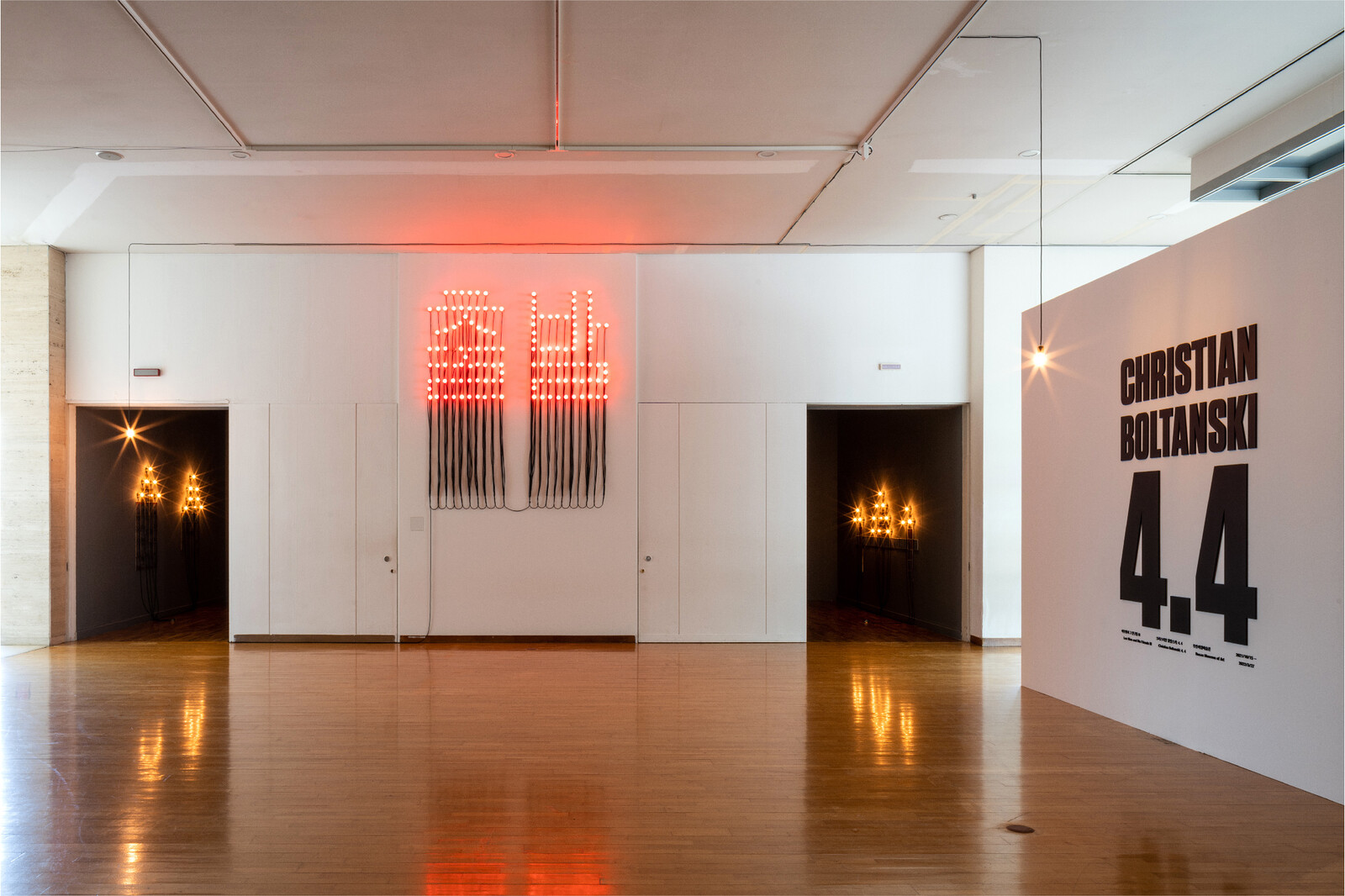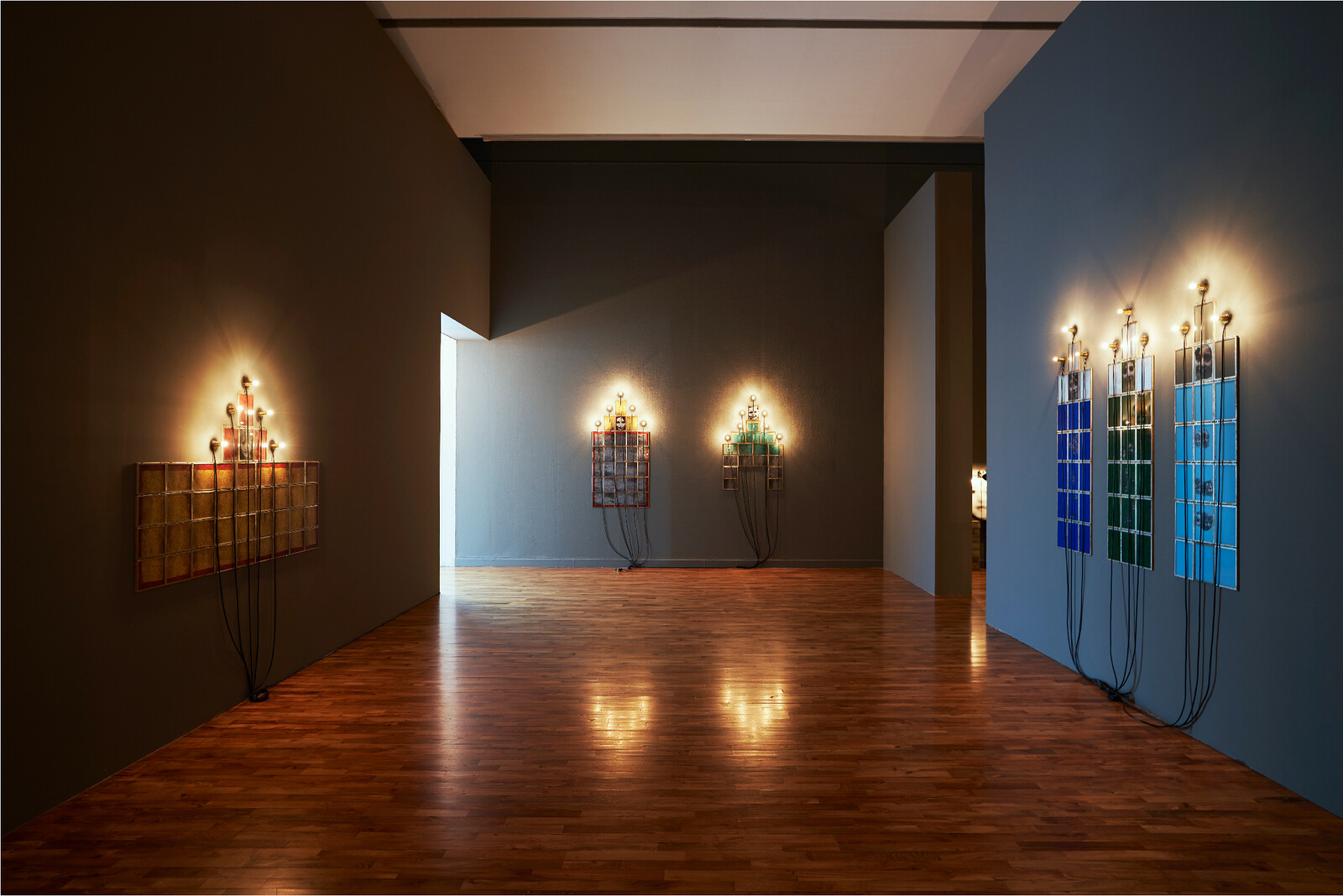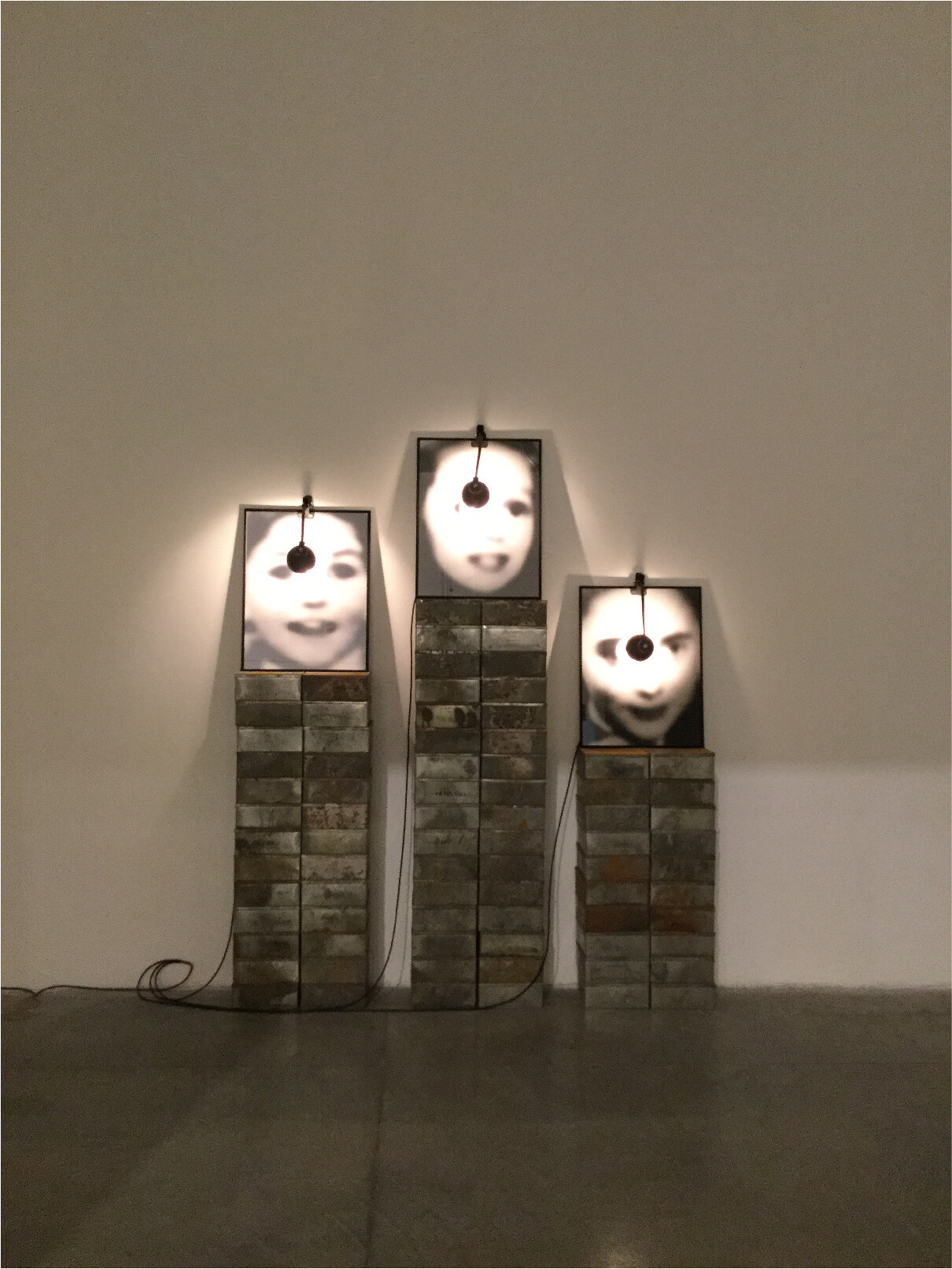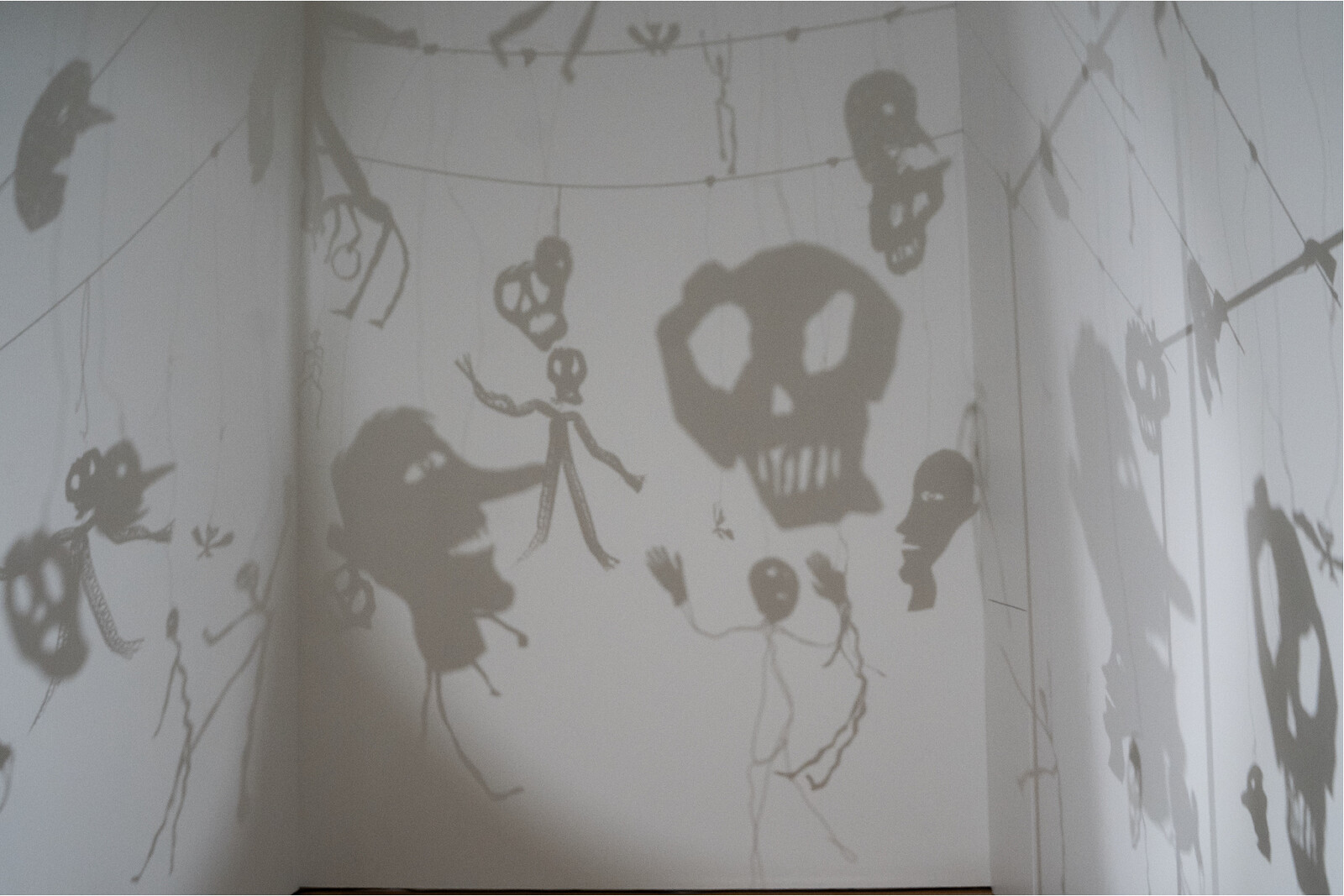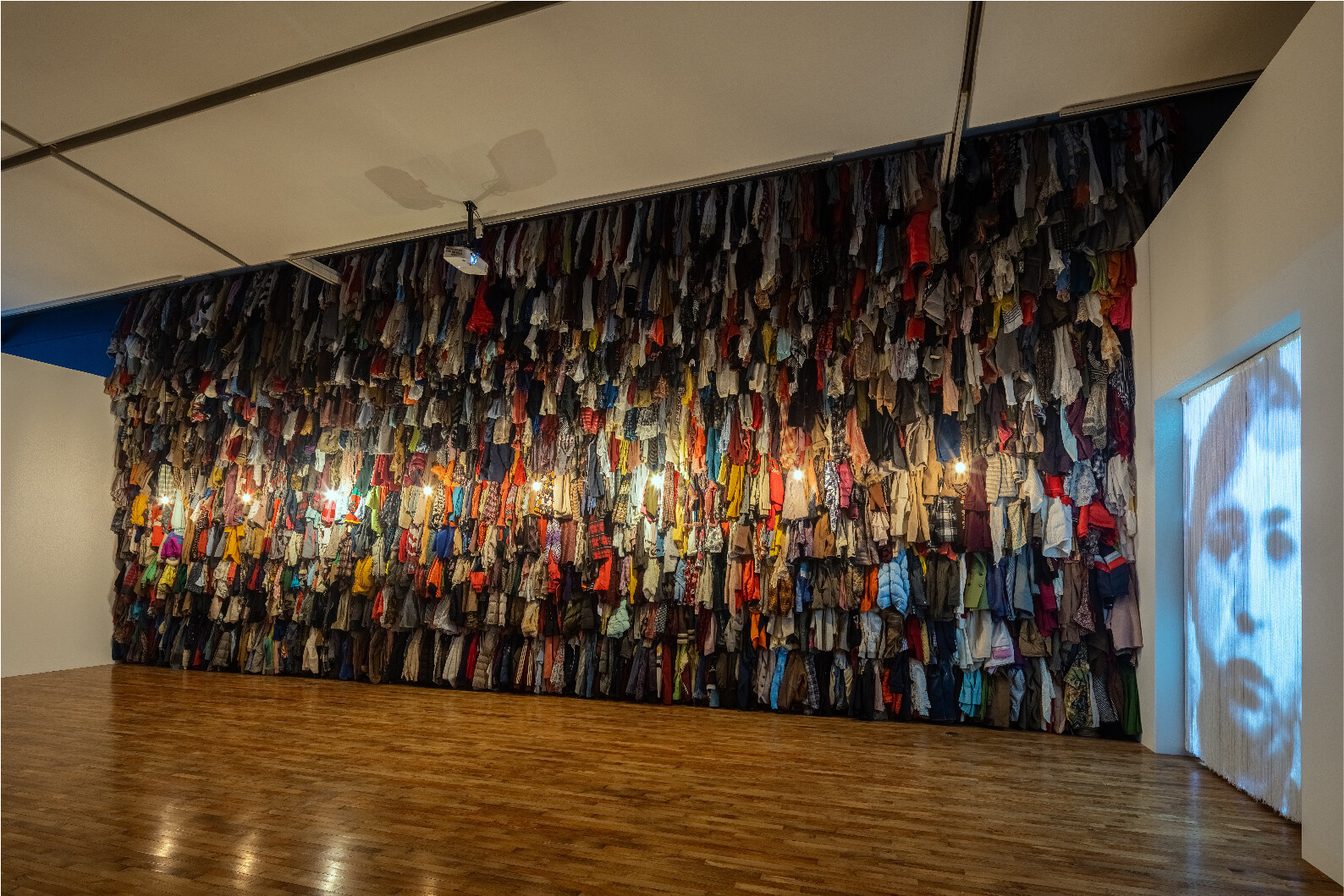4.4
Lee Ufan and His Friends III
October 15, 2021–March 27, 2022
58, APEC-ro
48060 Haeundae-gu Busan
Republic of Korea
Hours: Tuesday–Sunday 10am–6pm,
Friday–Saturday 10am–9pm
T +82 51 744 2602
“I don’t know where I want to die. I think I shall die somewhere, making a show…and I shall be in a country very far away. Making a retrospective in Ulaanbaatar. Like the old clown, traveling all the time and dying on the road.”
—From a 2015 conversation with Hiroshi Sugimoto
As the third exhibition of the series Lee Ufan and His Friends, the Busan Museum of Art hosts Christian Boltanski: 4.4. This is the artist’s largest retrospective held in Korea since a 1997 solo exhibition at the National Museum of Modern and Contemporary Art, Korea, as well as his first posthumous exhibition. The title of the exhibition, 4.4, refers to 1944, the year he was born. The artist once said that it is interesting that the number four symbolizes death in Korea since its pronunciation “sa” is identical to that of a Chinese character meaning death (“sa”). During the preparation of the exhibition, the artist was aware that he did not have many remaining days to live. He deliberately chose this title, because he thought that this moment to him was like “the last stage of life,” if life is divided into four stages. In addition, the period after the number four is also a signifier symbolizing the end of the artist’s life.
This exhibition consists of a total of 43 pieces ranging from Boltanski’s earliest to his most recent works. Before passing away on July 14 this year, he took care of everything from selecting the works to editing and updating them and designing the exhibition space. The exhibition is on the third floor of the main exhibition hall and the ground floor of Space Lee Ufan, where visitors are greeted by the Korean typography of “Departure” and “Arrival” and the French “Après (After)” designed by the artist himself. These are not words to delimit the sections of the exhibition, but rather guideposts to “life and death,” questions about which the artist throughout his lifetime has always posed to viewers. The artist is usually known as “an artist of Shoah” (literally catastrophe in Hebrew, referring to the Holocaust that unfolded during the Second World War). Nevertheless, he reminds us of the implicit messages inside the works—about presence and absence, life and death, memory and oblivion. Even though death as an artistic theme is always uncomfortable to face, the artist ceaselessly sought after that uncomfortable truth.
Notably, In the East, death is accepted as part of life, whereas in Western society since capitalism, there has been complete in denial of it. Now, referring to Covid-19, the artist said that “because of this disease, death is being discussed again as something omnipresent surrounding us.” Until the end of his own life, the artist devoted his entire remaining life to this exhibition. This exhibition, poses questions of “life and death”, the theme he has been exploring throughout his life.
